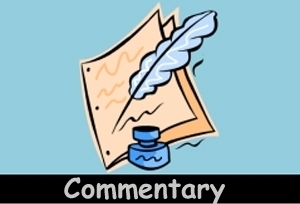
It is not a healthy sign for Bangladesh economy as the total national debt is increasing at a faster pace than the Gross Domestic Product (GDP). An IMF report says that the country’s total outstanding debt amount in FY21 was $131.14 billion which has increased by $16.45 billion on an average over the past three years, which was about 2.5 per cent of GDP.
Before the Covid-19 pandemic struck the country, Bangladesh’s economy was on a solid track, but like all developing countries that faced tough economic situations during the period, Bangladesh’s GDP suffered a setback. Yet the country’s GDP increased, albeit at a slower pace, in the last two years of the pandemic. Now this revelation has come, from the Centre for Policy Dialogue (CPD) that the share of debt in GDP is going to shoot up in the foreseeable years.
Quoting a study this newspaper in a report on Monday mentioned that the risk underpinning the debt situation is ‘high’ in project cost escalation, ‘increasing’ in exchange rate and interest rate for domestic borrowing, and ‘intermediate’ in risk of the interest rate for external borrowing. The burgeoning internal debt, the CPD’s distinguished fellow and noted economist Dr Debapriya Bhattacharya participating in a dialogue styled ‘Conversation in Public Debt in Bangladesh’ on Monday warned, will undoubtedly warp the economy by undermining economic growth, inflation and exchange rates.
But how can Bangladesh fix this problem? According to the economic watchdog CPD, fiscal consolidation through growth in revenue, protecting the external sector variables as well as holistic, transparent and frequent monitoring can give the economy the needed help in this situation. Bangladesh’s economy is not as vulnerable as the Sri Lankan one, and it has a better position compared to Pakistan as well as India in terms of per capita income at present. Yet extreme caution is necessary as Bangladesh is eyeing for formal recognition as a middle income country by 2026 in the context of the present turbulent world economic conditions.
In Bangladesh, the debt to GDP ratio was 34.56 per cent in 2019, 36.14pc in 2020, 41.39pc in 2021 and 42.6 pc in 2022. Despite the fact that the debt to GDP ratio has not yet reached the threshold of 77pc when an economy can be adversely impacted, Bangladesh’s economic policy makers need to offset the present upward trend of internal debt to GDP.
In the midst of wholesale corruption and bank looting we had economic experts to praise the government’s politics of development. We hope they were not misleading the nation and nothing as extreme as in Sri Lanka happens in Bangladesh. But serious financial crisis is unavoidable for lack of competence of the government and massive corruption freely flowing.

